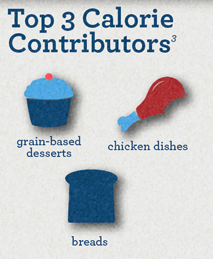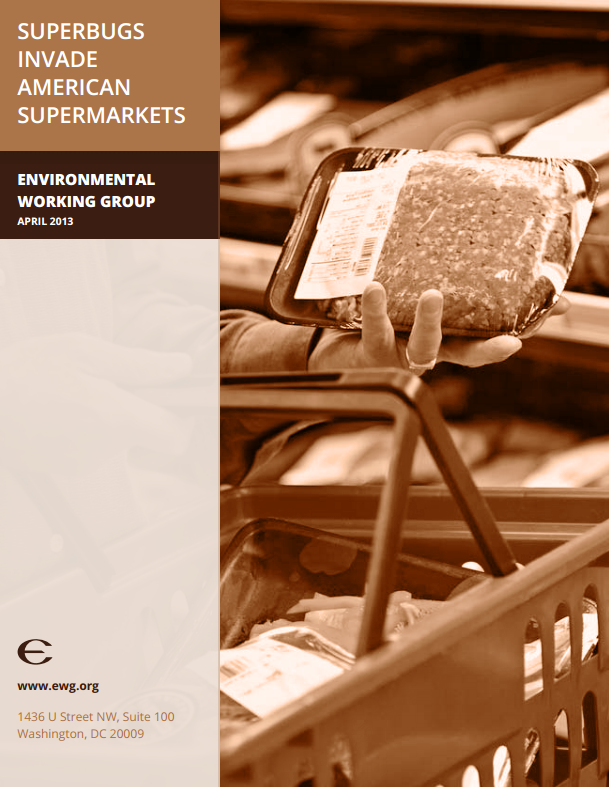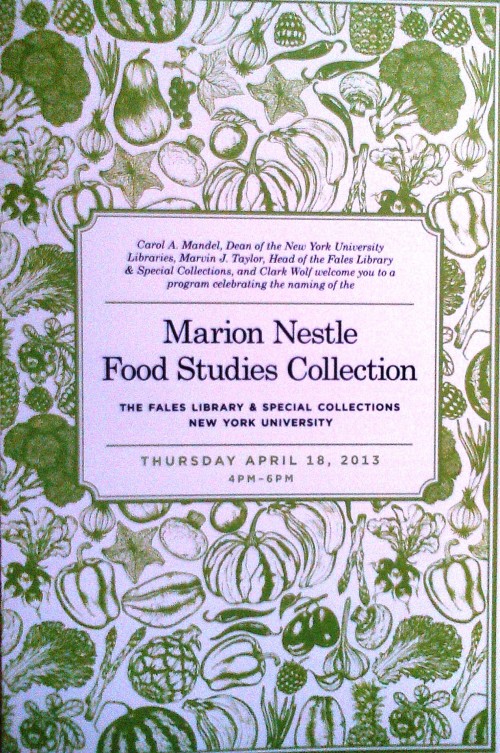Annals of marketing: Wrigley’s caffeinated gum comes to market
Wrigley, a subsidiary of Mars (M&Ms), announced its new caffeinated chewing gum yesterday in a full-page ad in USA Today.
In response, Michael Taylor, the FDA Deputy Commissioner for Foods and Veterinary Medicine, issued an official comment:
The only time that FDA explicitly approved the added use of caffeine in a food was for cola and that was in the 1950s. Today, the environment has changed. Children and adolescents may be exposed to caffeine beyond those foods in which caffeine is naturally found and beyond anything FDA envisioned when it made the determination regarding caffeine in cola.
For that reason, FDA is taking a fresh look at the potential impact that the totality of new and easy sources of caffeine may have on the health of children and adolescents, and if necessary, will take appropriate action.
This is what the fuss is about:

As Center for Science in the Public Interest (CSPI) points out, is this something we need?
While the FDA is busy investigating deaths linked (although not conclusively) to caffeinated energy drinks, CSPI has alerted the agency to the increasingly widespread addition of caffeine to foods.
The gum contains 40 milligrams of caffeine per piece, with 8 pieces per box.
Forty milligrams isn’t much but look what else is caffeinated these days: Frito Lay’s Cracker Jack’d snack, Kraft’s MiO Energy water enhancer, and jelly beans, waffles, maple syrup, popcorn, and beef jerky. These are in addition to the usual sources of caffeine: coffee, tea, and cola drinks.
Most people can manage small amounts of caffeine without sleep interruptions, but larger amounts are a worry.
Pediatricians discourage use of caffeine by children and adolescents who are highly sensitive to its effects: restlessness, irritability, insomnia, and sometimes worse.
CSPI points out that Wrigley’s used to position gum as a study aid and list caffeine consumption alongside snacking and studying late at night as “choices which can negatively affect [students’] scholastic performance, as well as their overall health.”
Now, the company is pushing caffeinated gum….
Anything to sell chewing gum, I guess.







